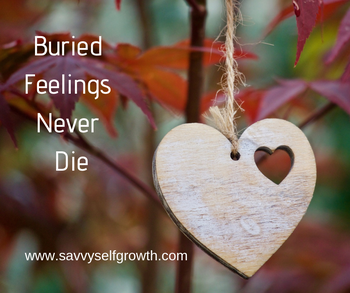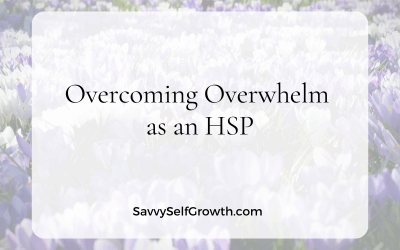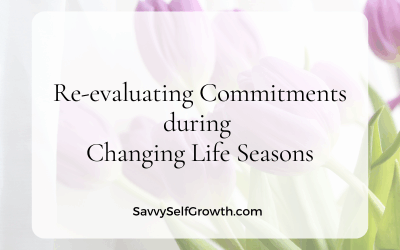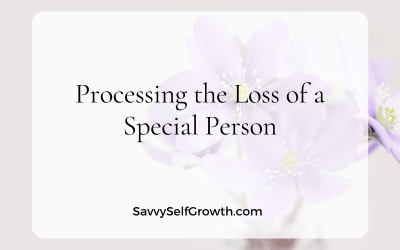 It is fascinating to me how many people think we can “forget” the past and move on by just saying the words – “I’m moving on now.”
It is fascinating to me how many people think we can “forget” the past and move on by just saying the words – “I’m moving on now.”
I am in contact daily with people who have tried that…. and years or months later, their “forgotten” past comes back to bite them.
How does it show up?
They’re afraid to move forward, aim for their dreams or go in a different direction. They procrastinate, think something is not possible for them, and wonder why they “sabotage” themselves.
What happens
When we’ve had a painful event (like business that’s gone south, a relationship break-up, a partnership that didn’t end well, losing money, a health scare, a public humiliation), it leaves “marks” in some areas of the brain.
Merely saying “I am putting it behind me now” does not mean that all our brain layers have truly processed the painful event.
When we want to make progress and move forward and make new choices for our future, all the old unprocessed stuff will jump out and tell us stories like:
“It didn’t end well last time. What makes me think it’ll end better? I’d better not even go down that road.”
Or…
“It was too painful. I’m never trying that again.”
And any number of variations.
Conscious and subconscious
We simply cannot “just forget” the past. It’s our conscious mind that is trying to do the forgetting – while the unprocessed hurt is in the Subconscious.
The subconscious does not respond to a request like “Let’s just forget it and move on.”
Our subconscious mind has been uniquely designed to protect and keep us safe… and therefore “forgetting” is not an option if we have not processed it through ALL the brain layers.
What I recommend:
It is really important to work through painful events (even if we think we’ve put it past us). To give ourselves the best chance to move forward with ease, we might need to work through hurt, unfairness, betrayal, loss, anger, resentment… so that the subconscious mind can also put it in the past.
Tools like EFT (my favourite), TAT, The Sedona Method and many others are brilliant for this. We need a method to work with the emotional (subconscious) mind, not only the rational decision making parts.
Truly. if there is subconscious mind involvement, it is not a matter of “just forget.” That’s what the conscious (prefrontal cortex) part of the brain wants to do. And that’s a great intention.
If we don’t have agreement from the subconscious (limbic brain and other systems), we’ll simply run into resistance and “I just can’t do it!” on our journey.
Image by Luisella Planeta Leoni from Pixabay



